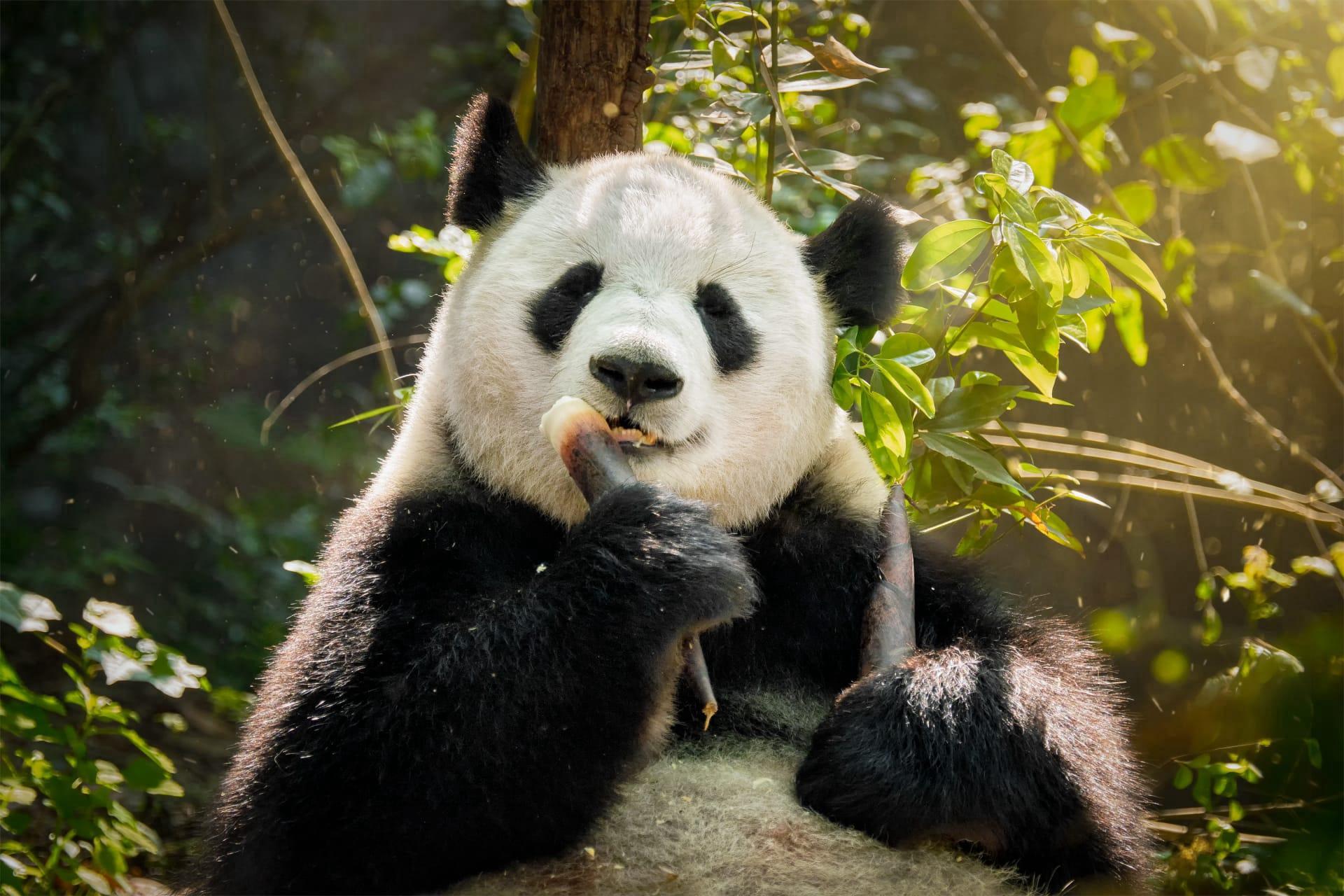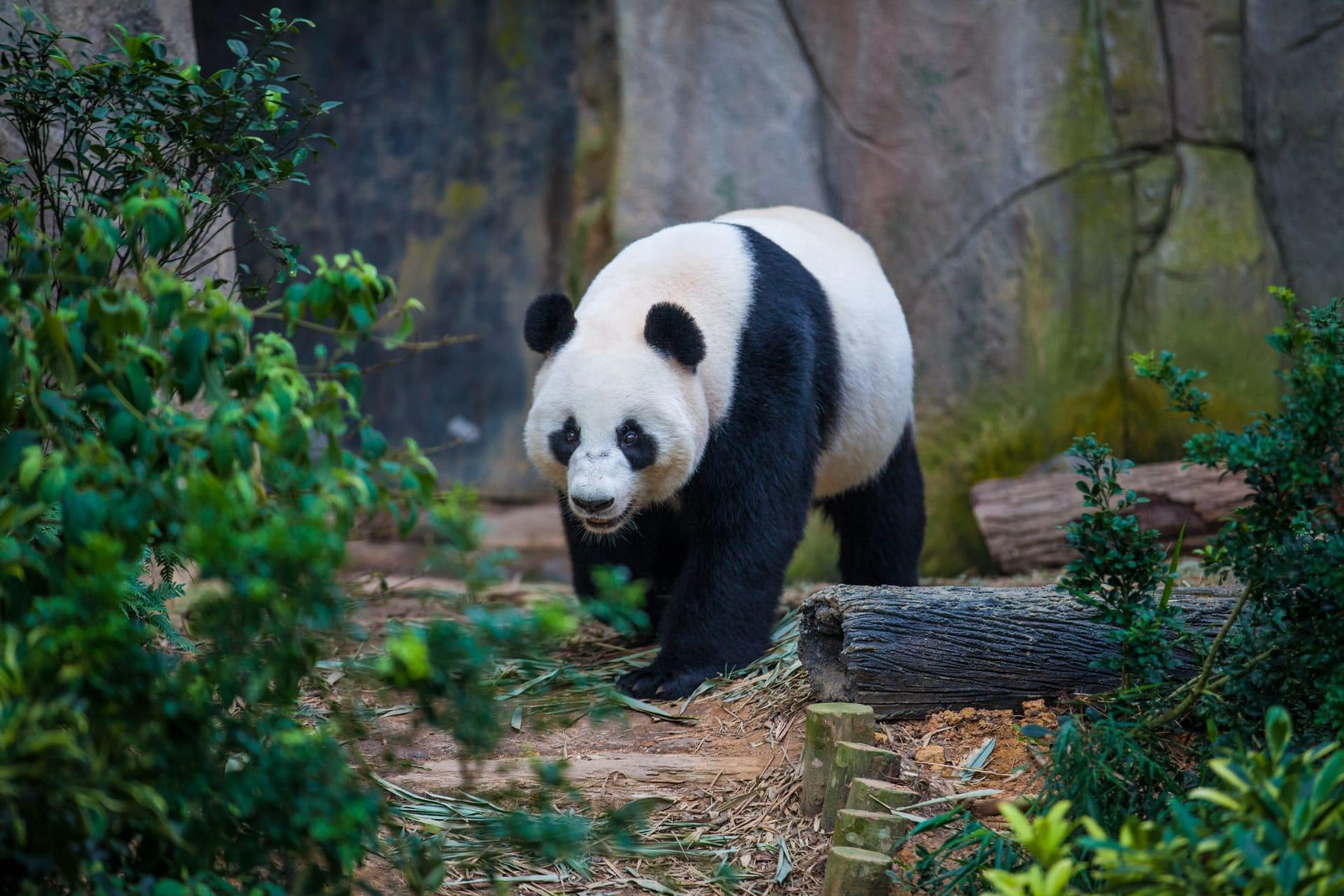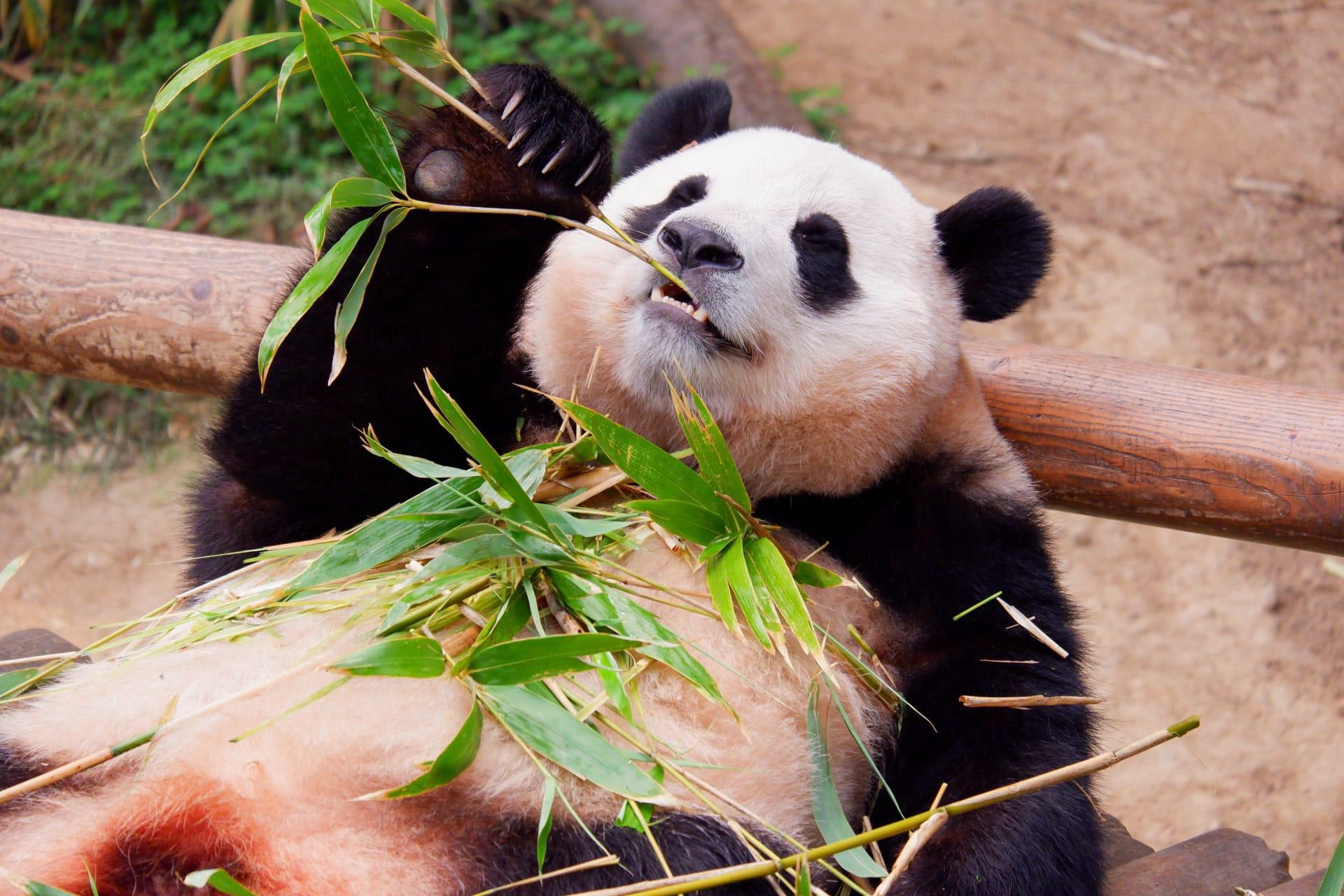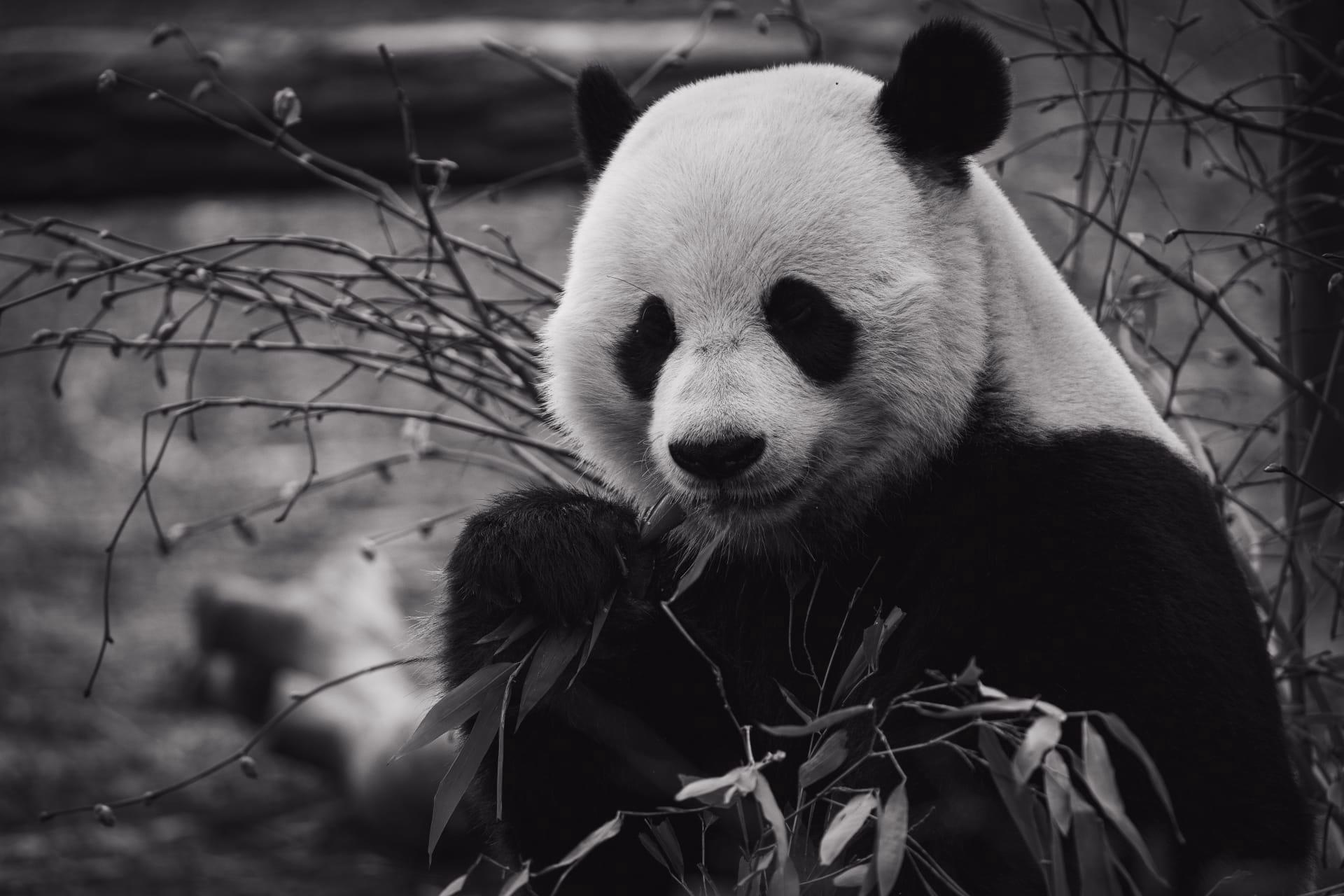Panda Trivia
- Home /
- Trivia Question /
- Animal /
- Panda Trivia
1
Question: How much can a giant panda eat in a day?
Answer: A giant panda can eat a staggering 26 to 84 pounds (12 to 38 kilograms) of bamboo every day! This accounts for 99% of their diet. Pandas spend up to 14 hours a day munching on these fibrous stalks, requiring a massive intake to meet their energy needs due to bamboo's low nutritional value.
Question: Why do pandas have a sixth finger?
Answer: Pandas have an extra 'thumb' - technically an enlarged wrist bone - that helps them grasp bamboo stalks. This adaptation allows them to handle their primary food source more efficiently. This thumb-like appendage, while not a true finger, is a remarkable example of evolutionary adaptation.

2
Question: Do pandas hibernate like other bears?
Answer: Contrary to popular belief, pandas do not hibernate. Their bamboo diet doesn’t allow them to build up enough fat reserves for hibernation. Instead, pandas will move to lower elevations in winter where it is warmer and more comfortable.
Question: Are pandas solely black and white?
Answer: Yes, giant pandas are indeed black and white. This unique coloring provides camouflage in their natural habitat. The black helps them blend into the shadows, while the white matches the snowy and rocky surroundings of the Chinese bamboo forests they inhabit.

3
Question: How much time do pandas spend sleeping?
Answer: Pandas spend between 8 and 12 hours a day sleeping. This rest time helps them conserve energy, an essential aspect considering their low-nutrition diet. They usually nap after a meal, often seen sprawled on the ground or perched in trees.
Question: How do pandas communicate?
Answer: Pandas communicate through vocalizations and scent markings. They have a variety of calls used in different contexts, like a bleat for friendly communication or a bark when threatened. Scent marking is crucial for territory establishment and finding mates, as each panda's scent is unique.

4
Question: How long do pandas live in the wild versus in captivity?
Answer: In the wild, pandas live for about 15 to 20 years. However, in captivity, with no natural predators and regular veterinary care, they can live up to 30 years. This significant lifespan difference highlights the benefits of conservation efforts in zoos.
Question: Are pandas good climbers?
Answer: Yes, despite their bulky appearance, pandas are excellent climbers. They start climbing trees as early as six months old. Climbing skills are vital for young pandas to evade predators and for adults to seek refuge, particularly in their rugged mountainous habitats.

5
Question: How do pandas contribute to their ecosystem?
Answer: Pandas play a crucial role in their ecosystems by spreading bamboo seeds in their feces, aiding in vegetation regeneration. Their movement through dense forests also helps in the dispersal of seeds and creation of paths for other animals.
Question: Why do pandas roll around in horse manure?
Answer: Bizarrely, pandas have been observed rolling in horse manure, which scientists believe helps them tolerate cold temperatures. The compounds in the manure might interact with their fur, providing a microbial action that assists in adapting to colder environments.